Kei trucks, a unique class of light vehicles in Japan, are renowned for their compact size and efficiency. With a legal maximum engine displacement of 660cc, these miniature pickups are designed for urban flexibility rather than high-speed performance. A Kei truck’s top speed is typically capped at about 80 km/h (50 mph) to align with Japanese regulations, providing a balance between speed and safety for their intended use in city traffic and small-scale logistics.
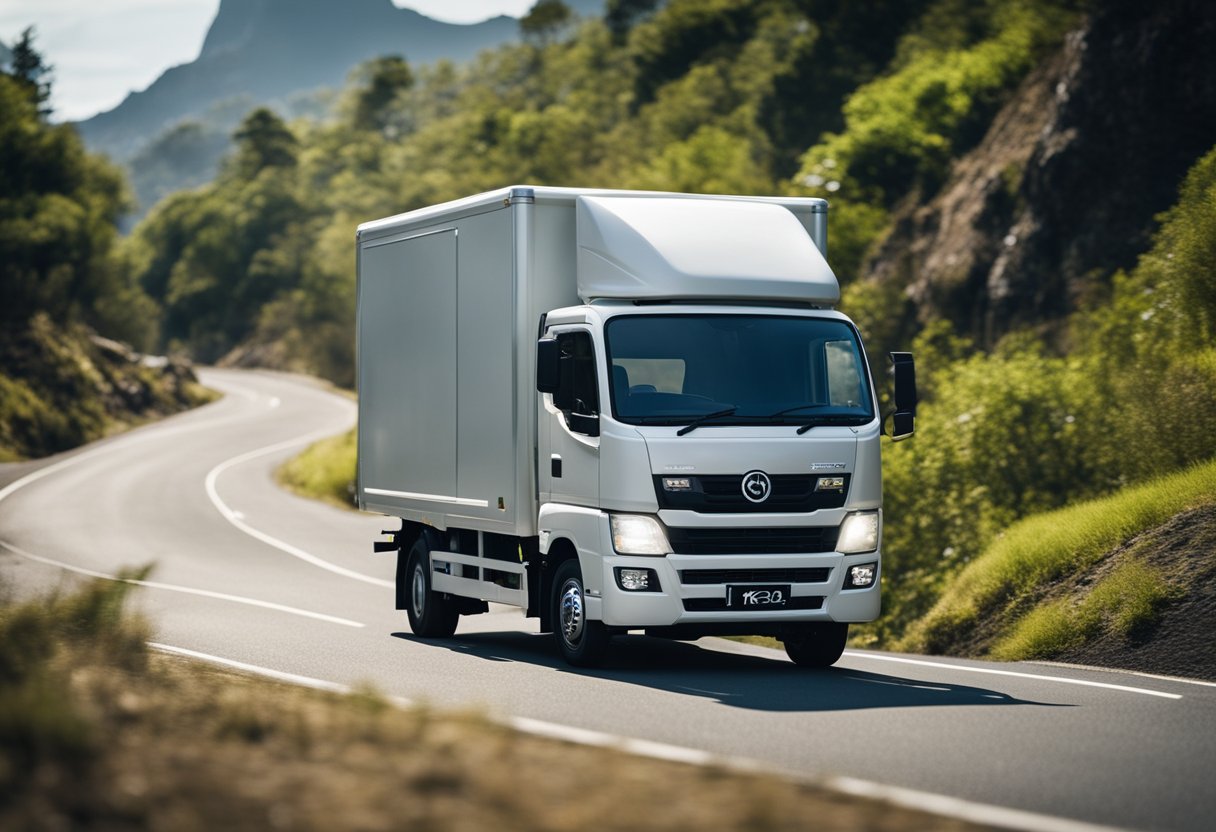
When considering the performance of a Kei truck, it’s important to understand that they are geared towards low-speed maneuverability and not high-speed transit. The diminutive size of a Kei truck, coupled with its modest engine, ensures that it is well-suited for tight streets and busy metropolitan areas where speed limits are lower and space for parking and maneuvering is limited. Despite their size, they have become an integral part of transportation within Japan and have garnered interest for various applications outside Japan due to their practicality and cost-effectiveness.
Contents
Key Takeaways
- Kei trucks have a top speed of around 80 km/h, reflecting their design for urban use.
- Their performance is tailored to city driving, prioritizing maneuverability over high-speed capacity.
- These vehicles have carved a niche in Japan, valued for their practicality in specific contexts.
Understanding Kei Trucks
https://www.youtube.com/watch?v=ImWwjafizKM&embed=true
Kei trucks, commonly found in Japan, are small, lightweight vehicles designed for utility and efficiency. I focus on their compact design, surprisingly capable performance, and rich history that’s evolved alongside Japanese automotive regulations.
Design and Specifications
Kei trucks, or “kei tora” in Japanese, adhere to strict regulations: their dimensions cannot exceed a length of 3.4 meters, a width of 1.48 meters, and a height of 2 meters. Traditionally, their engines had a maximum displacement of 550cc, but this was eventually increased to 660cc to provide better power and efficiency. The Daihatsu Hijet, Honda Acty, Suzuki Carry, and Subaru Sambar are prime examples, each showcasing a unique take within the design confines.
| Model | Length | Width | Height | Weight | Engine Capacity |
|---|---|---|---|---|---|
| Daihatsu Hijet | 3.395 m | 1.475 m | 1.9 m | ~700 kg | 660cc |
| Honda Acty | 3.395 m | 1.475 m | 1.9 m | ~650 kg | 660cc |
| Suzuki Carry | 3.395 m | 1.475 m | 1.9 m | ~750 kg | 660cc |
| Subaru Sambar | 3.395 m | 1.475 m | 1.9 m | ~730 kg | 660cc |
Performance and Capabilities
Despite their modest size, kei trucks are surprisingly powerful and agile. Models equipped with a 660cc engine can navigate city streets and handle light off-road tasks with ease. While they’re not designed for high-speed travel, I find that their top speed generally caps out at around 75 miles per hour (120 kilometers per hour). Their weight capacity is typically around 350 kilograms, allowing them to efficiently transport goods within urban environments.
History and Evolution
Kei trucks have evolved significantly since their inception. Introduced after World War II, they initially served Japan’s need for versatile and economical vehicles. Over the years, the transition from 550cc to 660cc engines allowed models such as the Suzuki Carry to maintain relevance amidst growing demands for higher performance, without sacrificing the benefits of their petite stature. My understanding is that they have become a cultural icon, representing the resourcefulness and ingenuity of Japan’s automotive industry.
Kei trucks are a testament to the harmony of design, function, and regulatory compliance, maintaining a vital role in Japan’s daily commerce and transport.
Engine and Transmission
https://www.youtube.com/watch?v=pbi5etwrPuE&embed=true
In this section, I will be discussing the intricacies of the kei truck’s engine and transmission system, focusing specifically on the 660cc engine characteristics, the various powertrain variants available, and the different types of transmissions that can be paired with these compact engines.
660cc Engine Characteristics
The standard kei truck is equipped with a 660cc engine, which is designed to comply with the Japanese regulations for kei vehicles. These engines often produce a horsepower range that is quite suitable for the vehicle’s size and intended use, typically between 45 to 64 hp. The engines can be naturally aspirated or equipped with turbochargers to enhance performance. When we talk about transmission pairing, it’s important to note that the engine’s power is largely influenced by whether it features electronic fuel injection (EFI) systems or older technology like carburetors.
Powertrain Variants
Kei trucks offer different powertrain variants to accommodate various driving conditions and owner preferences. You might encounter trucks with supercharged options that deliver higher power outputs at the cost of fuel efficiency. The drivetrains in kei trucks generally maximize utility within the constraints of a small-sized vehicle, optimizing the distribution of power generated by the engine at various RPMs.
Transmission Types
Two primary transmission types are common in kei trucks: the manual transmission and automatic transmission. Manuals are often preferred for their control and efficiency, with some models featuring a 5-speed gearbox. The manual gearboxes are notable for their straightforward design and the direct feedback they offer drivers. The key attributes for these transmissions are reliability and the ability to manage engine power with minimal loss.
In my examination, I find that the 660cc engine and its transmission are intricately tuned to balance fuel economy with the performance required for the lightweight and versatile kei truck. The manual transmission remains a popular choice due to its simplicity and the control it grants the driver. With advancements in technology, these powertrains continue to evolve, offering better efficiency and responsiveness.
Performance Parameters
https://www.youtube.com/watch?v=WtrxTQhLc7k&embed=true
In my exploration of kei truck capabilities, I focus on tangible metrics that define their road performance. These small but mighty vehicles have parameters that may surprise you.
Top Speed and Acceleration
The top speed of a kei truck typically caps at approximately 120 kilometers per hour, due to Japanese regulations. This maximum speed ensures a balance between performance and safety. Acceleration is modest, with most models taking around 13 to 14 seconds to reach 100 kilometers per hour from a standstill. This suffices for urban and light cargo needs where high velocity and rapid acceleration are less critical.
Fuel Efficiency and Economy
Remarkable fuel economy is one of my kei truck’s standout features. These vehicles are known for their excellent fuel efficiency, often averaging about 15 to 20 kilometers per liter. This efficiency is achieved through compact design and lightweight construction, which minimizes fuel consumption, making them an economic choice for frequent short-distance travel.
Handling and Drivability
Handling and drivability of kei trucks are tailored for agility in urban environments. The steering mechanism is designed to be responsive, making it easy to navigate through tight spots. With a suspension system suited for lightweight vehicles, they offer a ride that is reasonably comfortable. Ground clearance is generally adequate for paved roads, making them unsuitable for rough terrain but quite competent for daily tasks on standard roads.
Legal and Regulatory Considerations
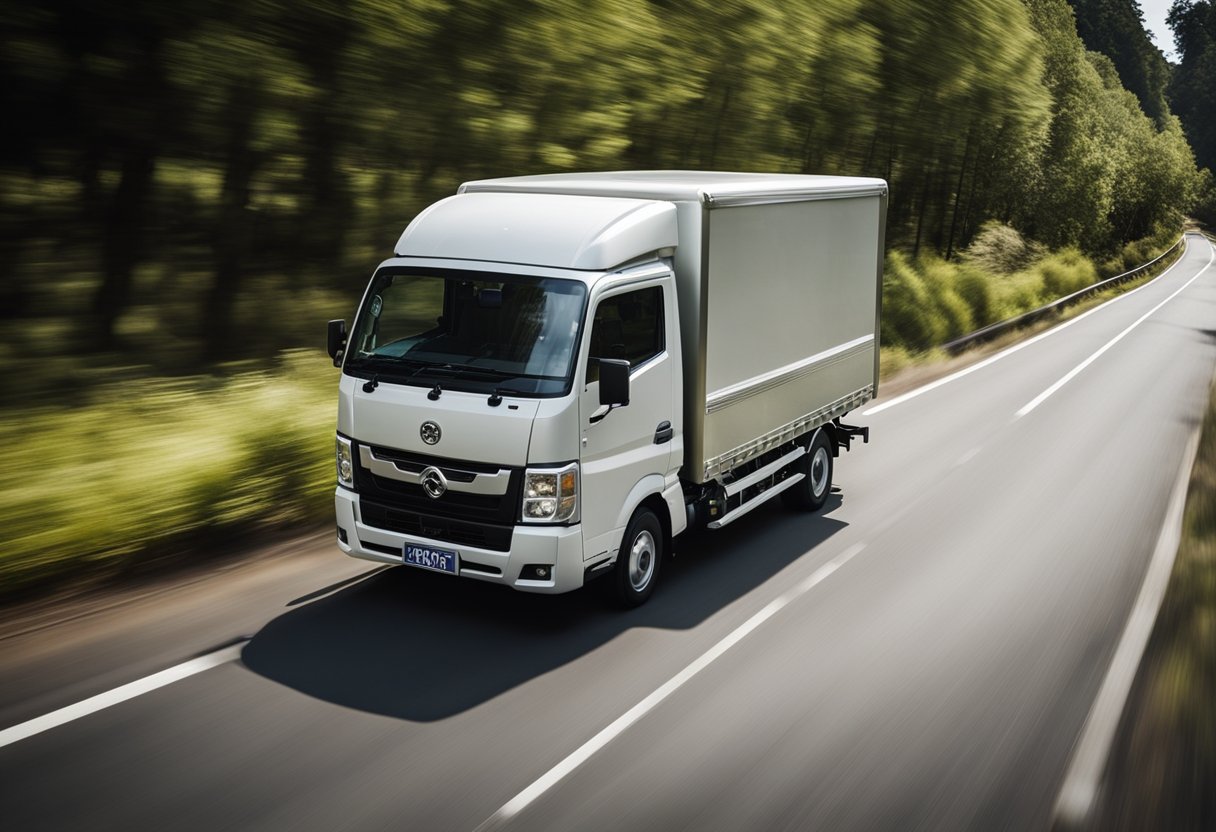
In my exploration of kei trucks’ legality and use in the United States, I’ve identified critical legal and regulatory aspects concerning their street-legal status, importation, and adherence to safety standards. It’s vital to understand that these factors vary significantly across different states and regulatory bodies.
Street-Legal Status in the U.S.
In the United States, my street-legal status as a kei truck—often referred to as a Japanese mini truck or “keitora”—depends on the specific state’s legislation and the Department of Transportation (DOT) standards. States like Oklahoma and Louisiana permit my use on public roads with certain limitations, typically on roads with posted speed limits of 55 mph or less. However, some states are stricter and only allow my operation in defined circumstances, such as for agricultural purposes.
Import and Registration Guidelines
The process to import and register me in the U.S. follows federal guidelines overseen by the DOT and the Environmental Protection Agency (EPA). My entry into the country is subject to compliance with the 25-year import rule, which permits the import of non-conforming vehicles that are 25 years old or older, excluding me from some federal safety and emission standards. However, my immediate registration upon entry is not guaranteed. I have to meet state-level requirements and possibly undergo modifications to align with certain safety and emissions regulations.
Safety Standards and Restrictions
I am subject to various safety standards and restrictions, which are crucial for operating within legal bounds. The federal government has established safety guidelines that dictate how vehicles, including myself, must be constructed. But my size and unique characteristics can exempt me from some of these requirements under specific circumstances. Additionally, restrictions may be imposed on my use such as speed limit caps, permitted driving areas, and mandatory equipment such as seat belts and headlights. These restrictions aim to ensure my safe integration into traffic and adherence to the overarching goal of road safety.
The complexities within these areas demonstrate the importance of carefully navigating the legal landscape to operate a kei truck like me within the United States. My journey from Japan to the American roads is scaffolded by an intricate framework of laws and regulations.
Practical Uses and Versatility
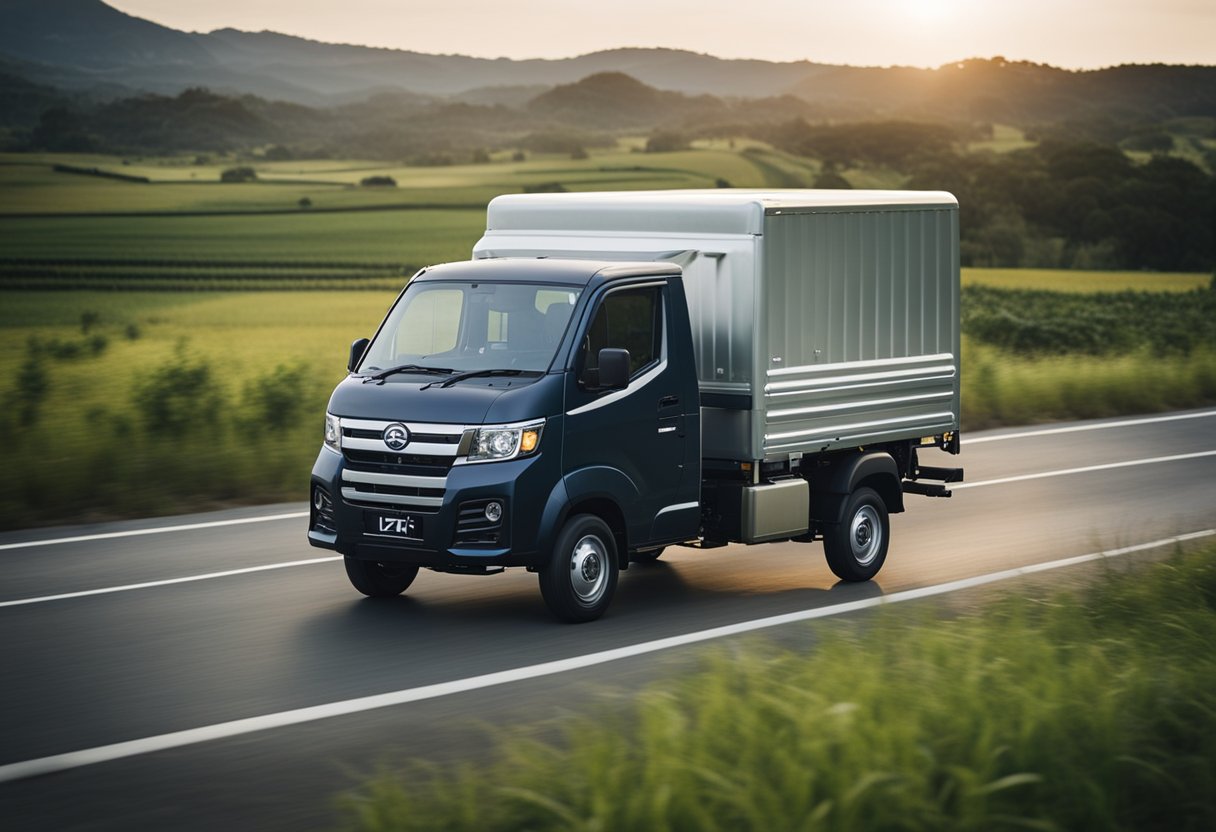
I find that the practicality of Kei trucks lies in their versatility and adaptability to various tasks. These lightweight and compact vehicles are key players in scenarios requiring maneuverability and efficiency.
Commercial and Business Applications
In the commercial realm, my experience tells me that Kei trucks are invaluable. Their payload capacity is often sufficient for small businesses, and they excel in urban environments where space is limited. The ability to carry cargo efficiently makes them a favorite among various industries, from retail supply chains to construction sites. Notably, their modest size doesn’t compromise their functionality – they can still lift and transport goods effectively.
Off-Road and Recreational Use
As an off-roader, flexibility is vital, and Kei trucks do not disappoint. They are surprisingly competent in off-road conditions, rivaling traditional ATVs. For recreational usages such as camping or light off-roading, I’ve observed that these trucks are robust enough to handle rough terrains. Many models can be converted into off-roaders, making them ideal for folks who enjoy an adventurous lifestyle but require something more utilitarian than a typical all-terrain vehicle.
Customizations and Modifications
One can’t talk about Kei trucks without mentioning their capacity for customization. It’s not uncommon to see these vehicles modified to suit specific needs, whether it’s increasing the payload capacity for more cargo or tweaking the engine for better performance. The availability of aftermarket parts allows me to personalize my truck for a variety of applications, from boosting business efficiency to enhancing off-road capability.
Ownership and Maintenance
https://www.youtube.com/watch?v=lpUnfagawfU&embed=true
Owning a kei truck is generally an affordable venture, due in part to their reliability, fuel efficiency, and the lower costs associated with maintenance. My focus here is to shed light on the direct costs and the support one can expect when purchasing and maintaining a kei truck.
Cost of Ownership
Purchase Price: The initial cost to acquire a kei truck is relatively low compared to larger vehicles. This affordability makes them an attractive option for both personal and business use.
Fuel Efficiency: Kei trucks are known for being fuel efficient, which translates to significant savings over time. Their compact engines make them ideal for daily tasks without the heavy fuel consumption of larger trucks.
Maintenance and Reliability
Scheduled Maintenance: These trucks are renowned for their durability. Regular maintenance is typically straightforward and can be carried out by local mechanics without specialized tools.
Reliability: Kei trucks have a reputation for long-term reliability, partially because of their simpler design and robust engineering, ensuring they last with proper care.
Aftermarket Support
Parts Availability: A wide range of aftermarket parts is readily available, which ensures that maintenance and customization are both accessible and affordable.
Support Networks: There are dedicated communities and forums I’ve turned to for advice on care and optimization, indicating a strong support network for kei truck owners.
- Affordable
- Reliable
- Durability
- Fuel Efficient
- Maintenance-friendly
- Robust Aftermarket Options
Global Impact and Market Presence
In my exploration of the kei truck’s speed, it’s clear that their global impact and market presence extend beyond just how fast they can travel. The diminutive vehicles play a significant role in Japan’s automotive landscape and are gradually becoming a feature of roads abroad, particularly in nations open to imported Japanese domestic market (JDM) vehicles.
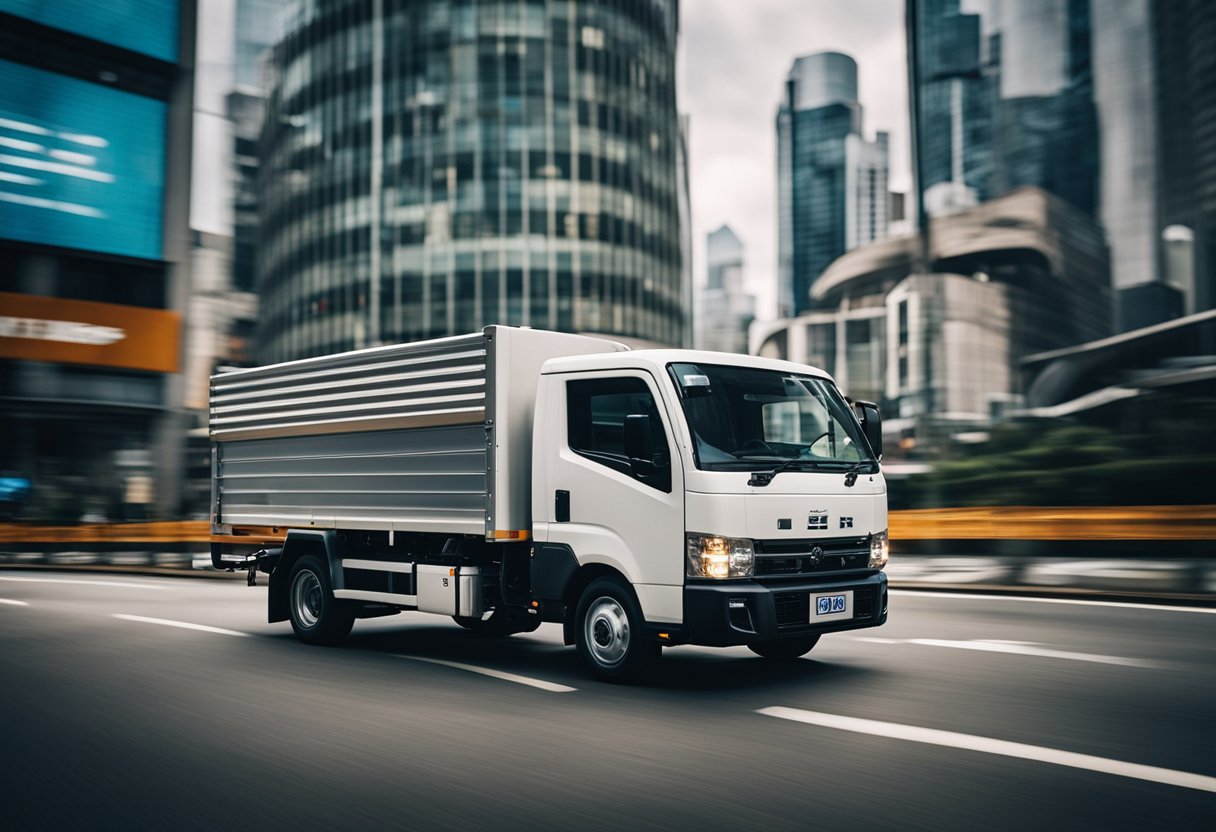
Popularity in Japan vs. Abroad
Kei trucks, or “kei-tora,” have a dedicated following in Japan due to their compact size, efficiency, and versatility, which cater to the narrow streets and dense urban environments. While their top speed is limited—generally not surpassing 60 km/h (37 mph)—this is suitably aligned with Japanese speed limits and road use. In stark contrast, nations like the United States and Canada have different infrastructures and road expectations, leading to less ubiquity of kei trucks. However, specific rural areas and private lands in these countries have seen an uptick in interest for kei trucks due to their low operating costs and maneuverability.
Export Markets and International Demand
The export market for kei trucks has grown, principally driven by their JDM popularity and the niche utility they offer. These vehicles have garnered a cult following in the United States, especially for private use on farms, vineyards, and large estates, where their speed limitations are less of a hindrance. Canada has also seen an influx of kei trucks due to less stringent import rules for older models. Nevertheless, demand is heavily predicated on local import laws which influence how these vehicles can be utilized and, by extension, how widespread their presence is internationally.
Frequently Asked Questions
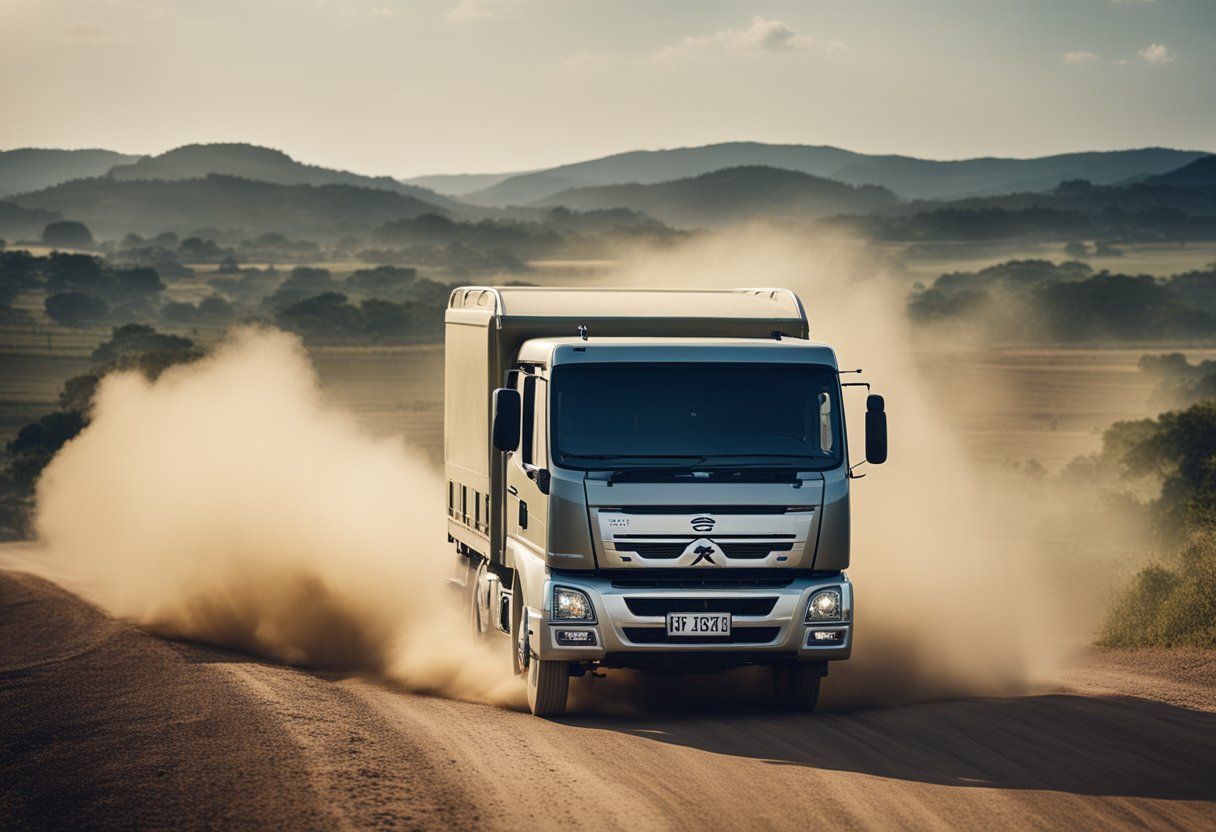
In this section, I will address common queries about kei trucks, focusing on their performance and capabilities.
What is the top speed of a typical kei truck?
The top speed of a typical kei truck usually hovers around 120 km/h (75 mph). However, this can vary based on the model and the modifications made to it.
Can kei trucks be legally driven on highways?
Kei trucks can be legally driven on highways in some countries, but they often have restrictions due to their small engine size and lower maximum speed.
What is the average fuel efficiency of kei trucks?
My research indicates that kei trucks have an average fuel efficiency of about 15 to 20 km/L (35-47 mpg), which makes them economical choices for light weight transport needs.
How much towing capacity do kei trucks have?
Kei trucks are designed for light cargo, with a typical towing capacity of around 350 kg (771 lbs). The exact capacity depends on the specific truck and its configuration.
What is the longevity of kei truck engines?
The longevity of kei truck engines is generally quite good, often exceeding 100,000 kilometers (about 62,000 miles) with proper maintenance and care.
Are there specific engine swap options for kei trucks?
Yes, there are specific engine swap options for kei trucks that enthusiasts and mechanics may use to boost performance, though such modifications could affect the vehicle’s classification and legal status.

